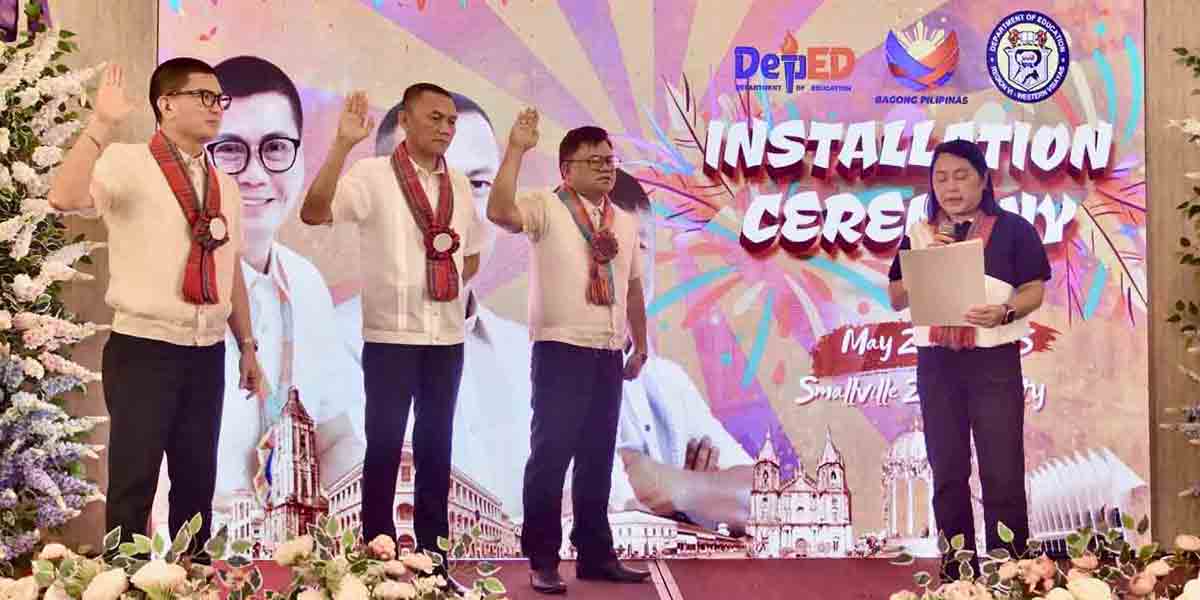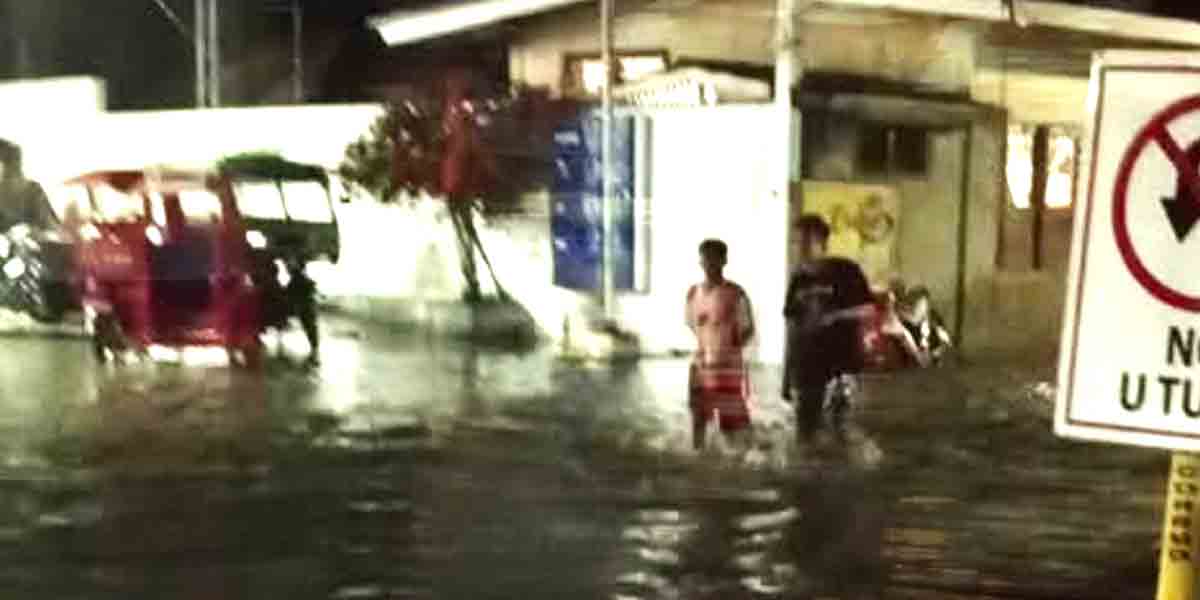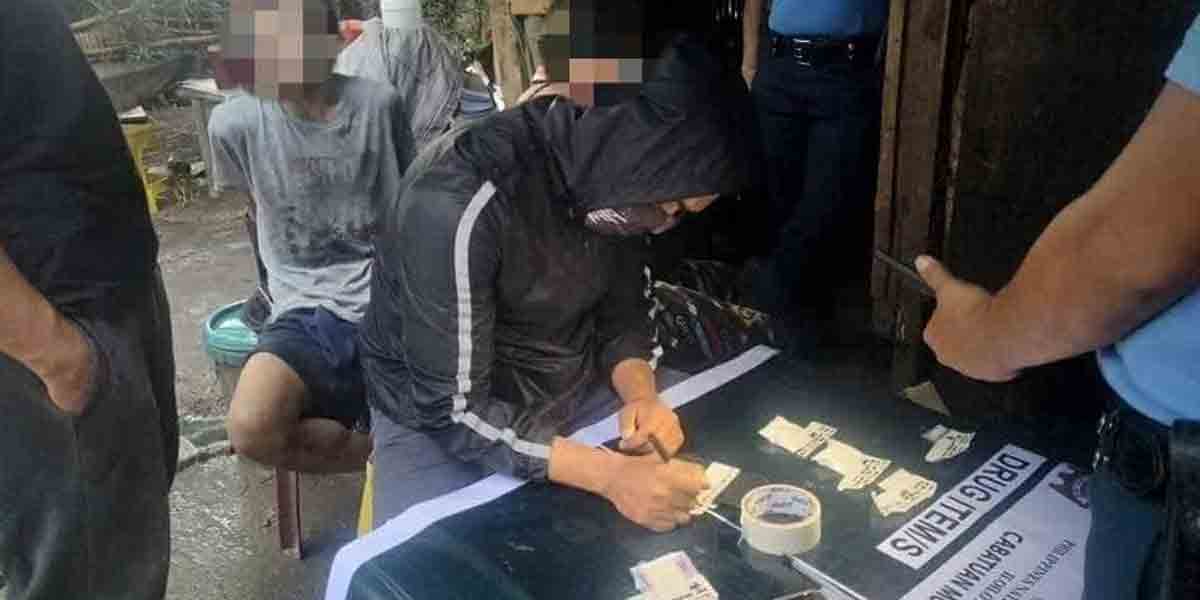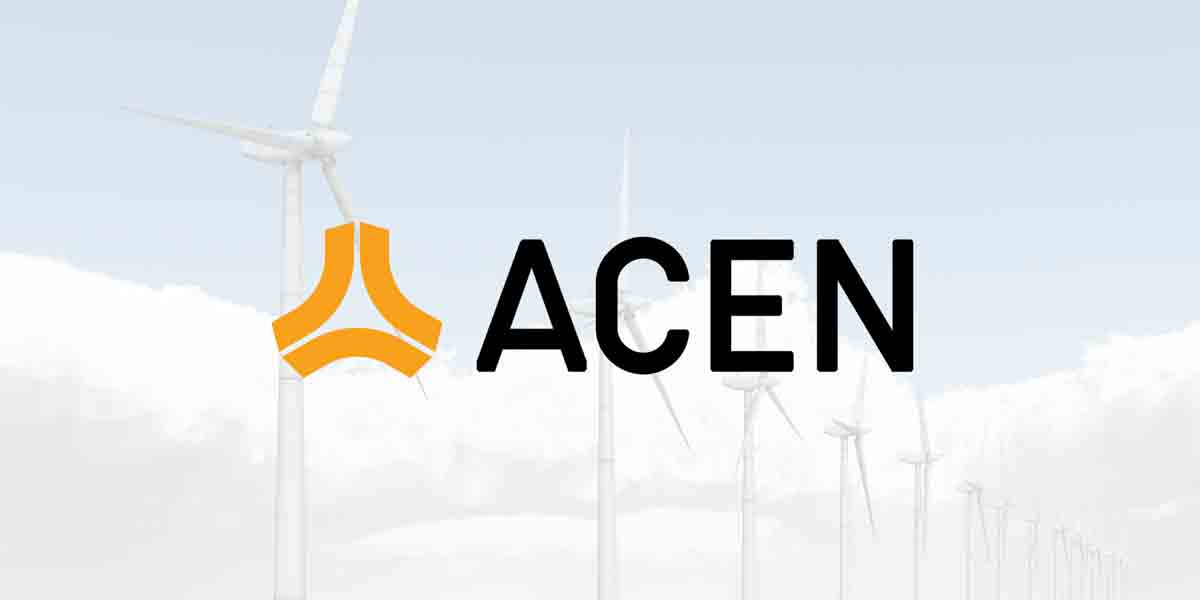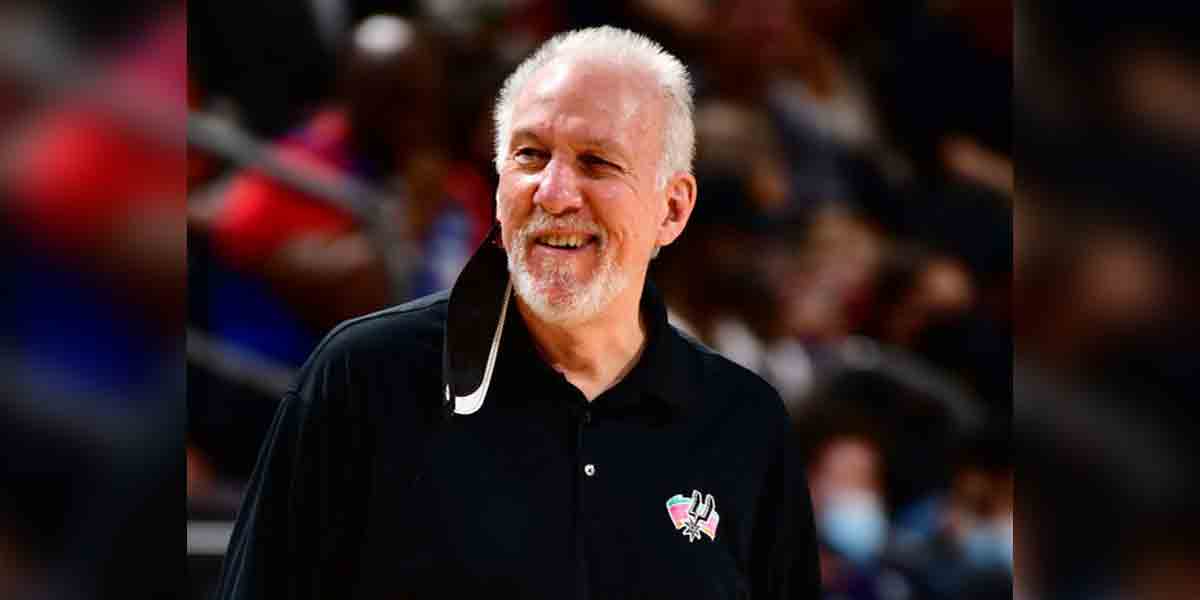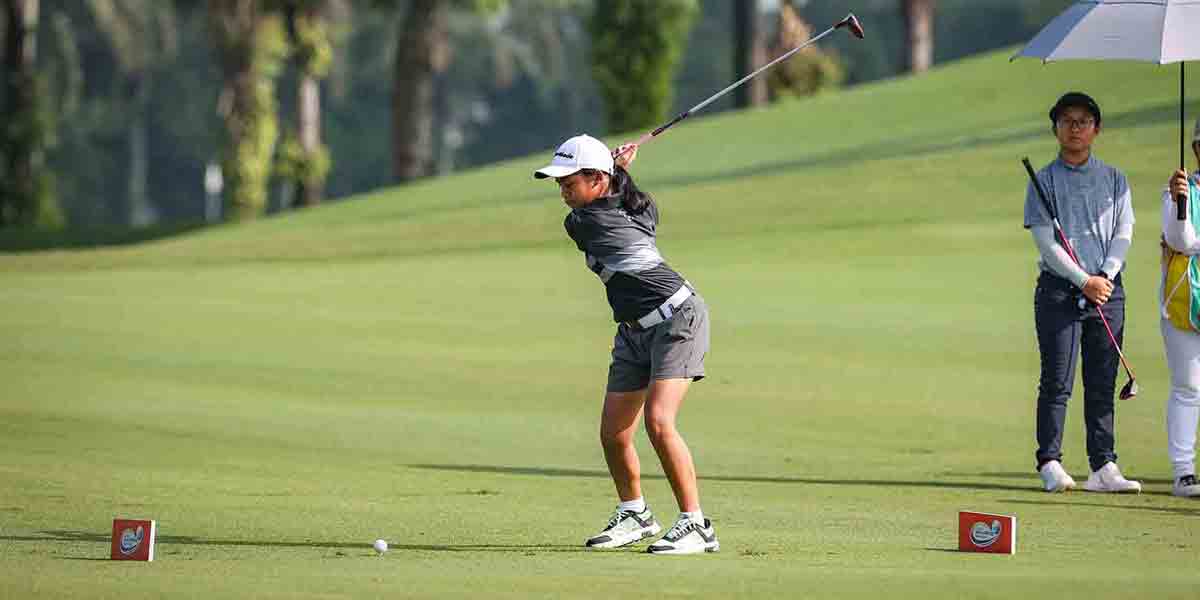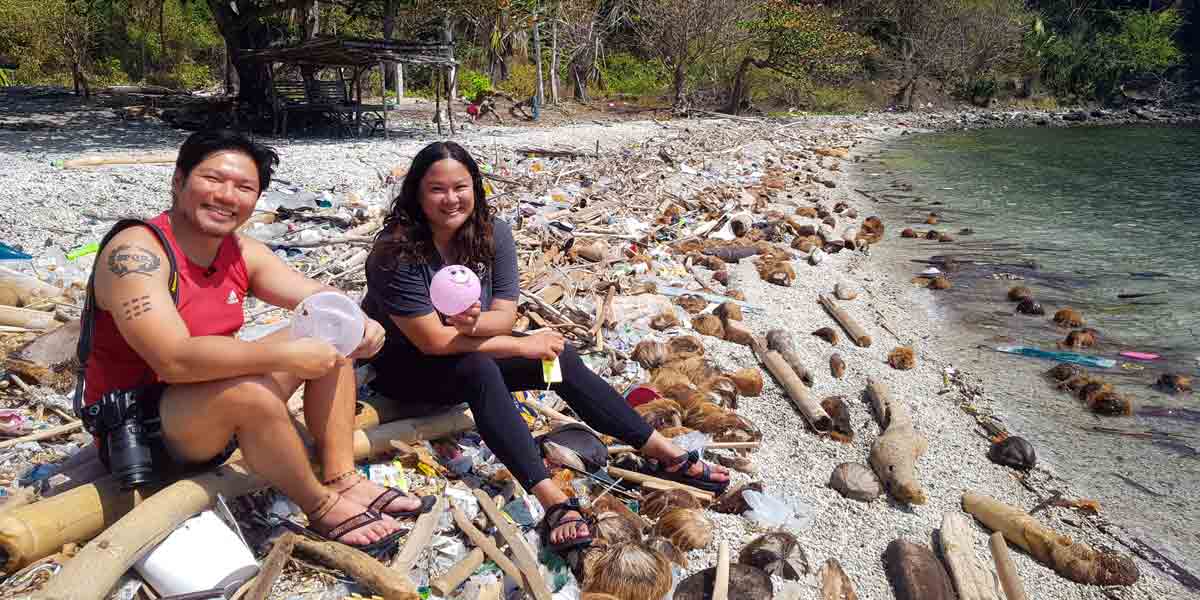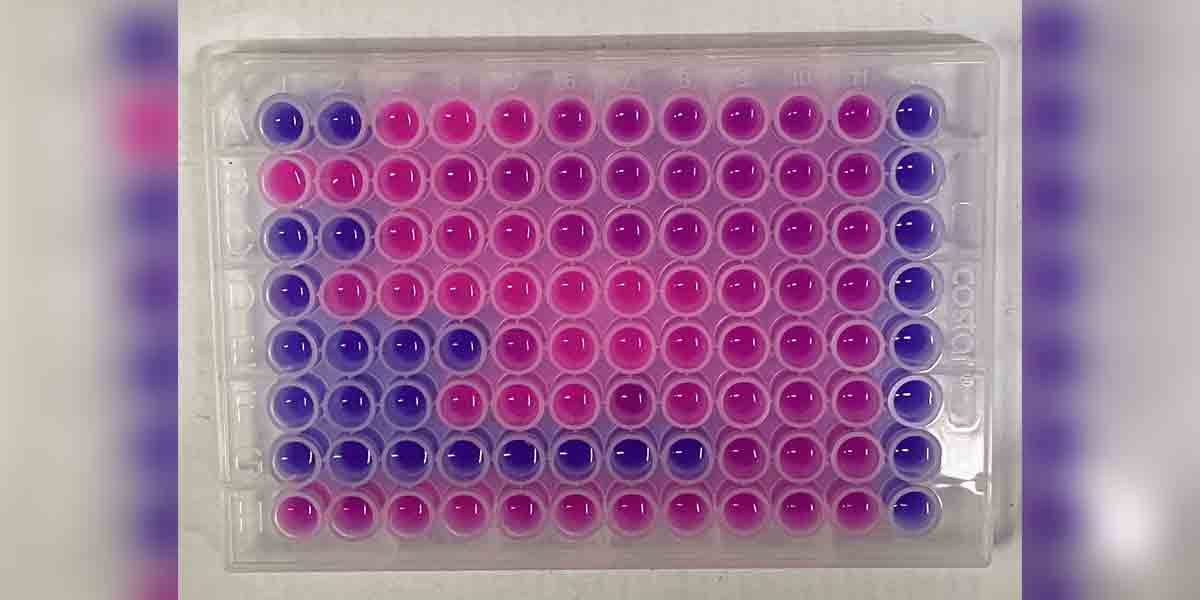The anticipated commercial launch of Dito Telecommunity this year is not expected to close the digital gap between rich and poor cities in the Philippines after the company confirmed in a Senate hearing it would not be able to immediately cover underserved areas with their telco services.
While incumbent telcos have been ramping up their tower builds across the country, Dito’s chief technology officer Rodolfo Santiago conceded in a Dec. 7, 2020 Senate hearing on its franchise renewal that unserved and underserved areas of the country would have to wait longer for their services due to the impact of the coronavirus lockdowns.
Santiago said the pandemic restrictions forced the company to recalibrate its rollout and focus more on covering densely populated areas first.
An analysis by Asian Development Bank (ADB) and Thinking Machines Data Science Inc. shows that close to a million Filipinos in rural areas do not have access to digital connections. Using data from the Project Bandwidth and Signal Strength (BASS), the study determined that only 9.5 percent of the 9.4 million Filipinos in poor areas live within 500 meters from a cell tower.
The ADB and Thinking Machines analysis published on Feb. 1 added that about 850,000 Filipinos live beyond the scope of cell site serviceability, and this is true especially for those living in mountainous areas in the northern Philippines.
Dito may not be the solution in the short term, however, as its executives continue to rationalize the company’s rollout.
“Since we’re only given one year to achieve the 37 percent population coverage, we prioritized areas that are most densely populated,” said Santiago. “It is quite rational that when our commitments are time-bound, we go to the most optimum way of meeting them,” he said.
Upon hearing Santiago’s statements, Sen. Grace Poe challenged the company to make good on its franchise commitment by providing internet service to unserved and underserved areas.
Poe noted that upon winning the franchise bid in 2018 to be the country’s third telco, Dito submitted a list of 7,425 barangays it committed to serve in its first year of application.
She stressed all incumbent players have already set up networks in urban areas, and reminded Dito that covering 37 percent of the population in the first year means including rural areas as well.
“I understand you will not be able to set up in all underserved and unserved areas, but at least you should be able to present to this committee a few that you’ve already started doing,” she said.
Dito has undergone a technical audit to determine if the company can meet its first-year commitment to cover 37 percent of the country’s population and provide a minimum average internet speed of 27 megabits per second.
Amid financial and logistical issues, the telco has already experienced numerous delays as they were expected to complete their technical launch in July of last year.

